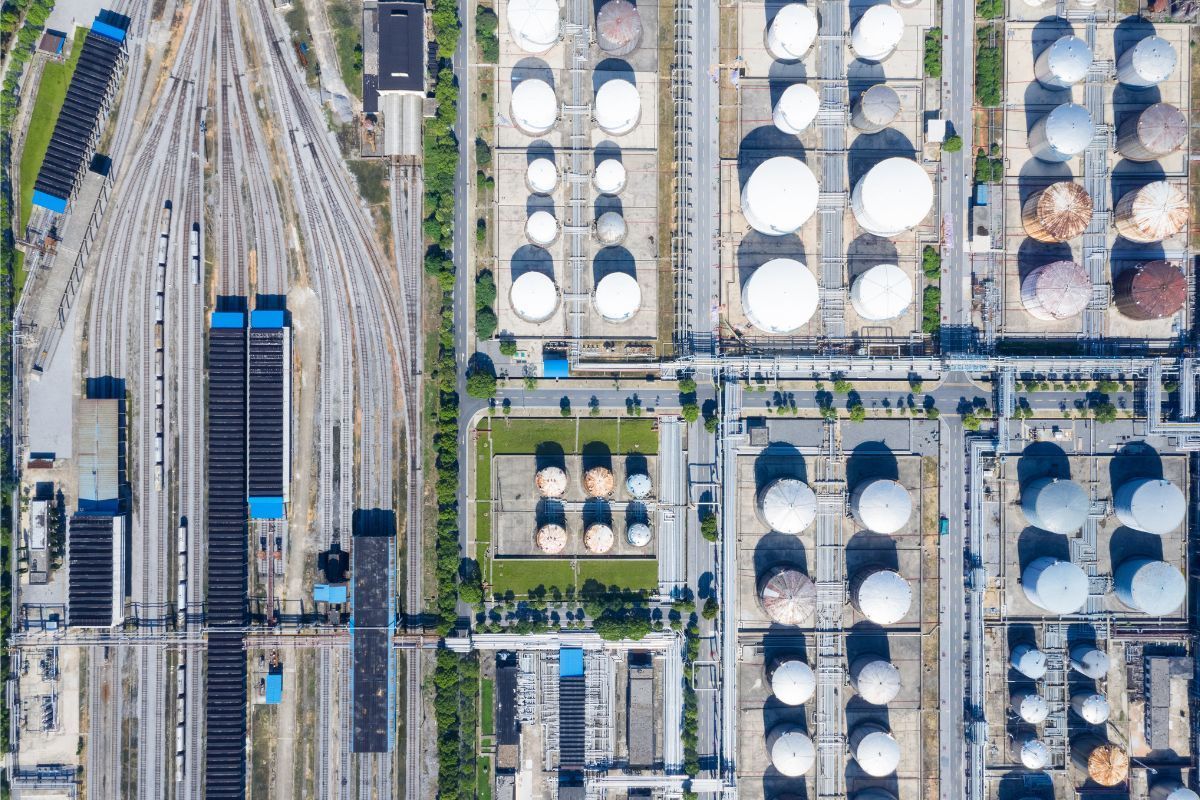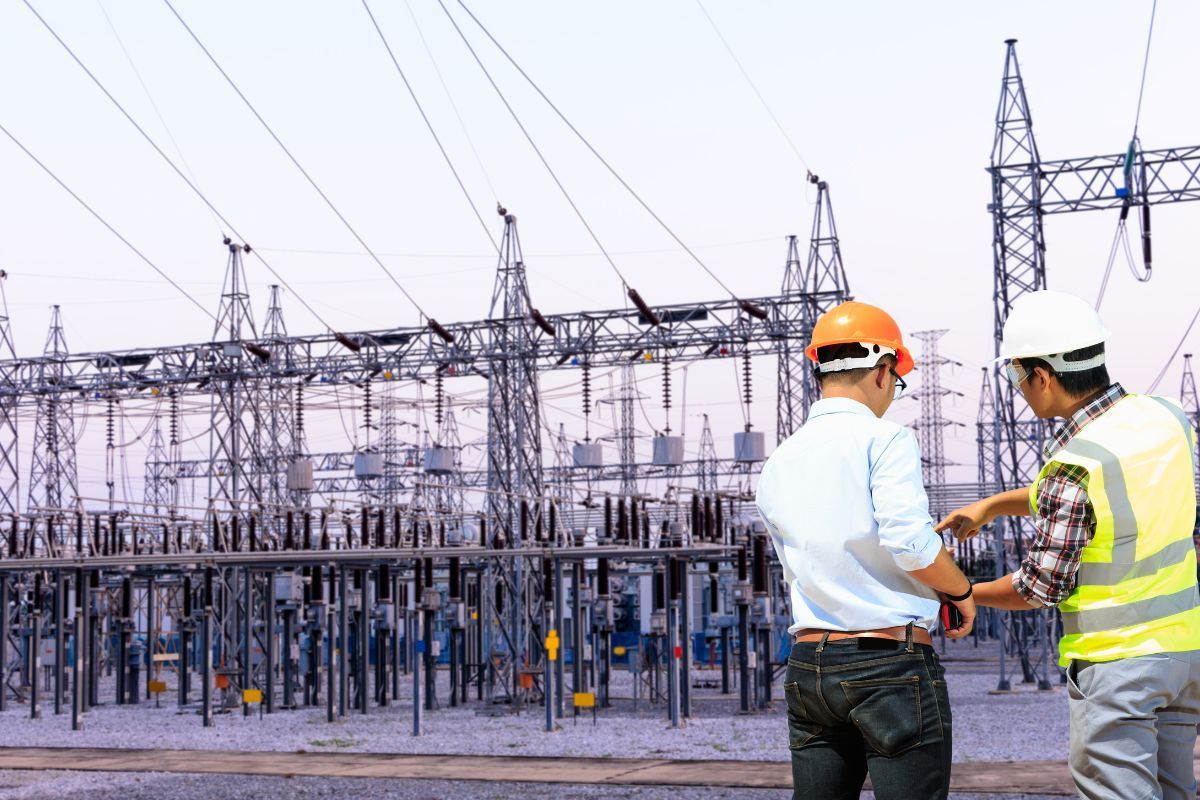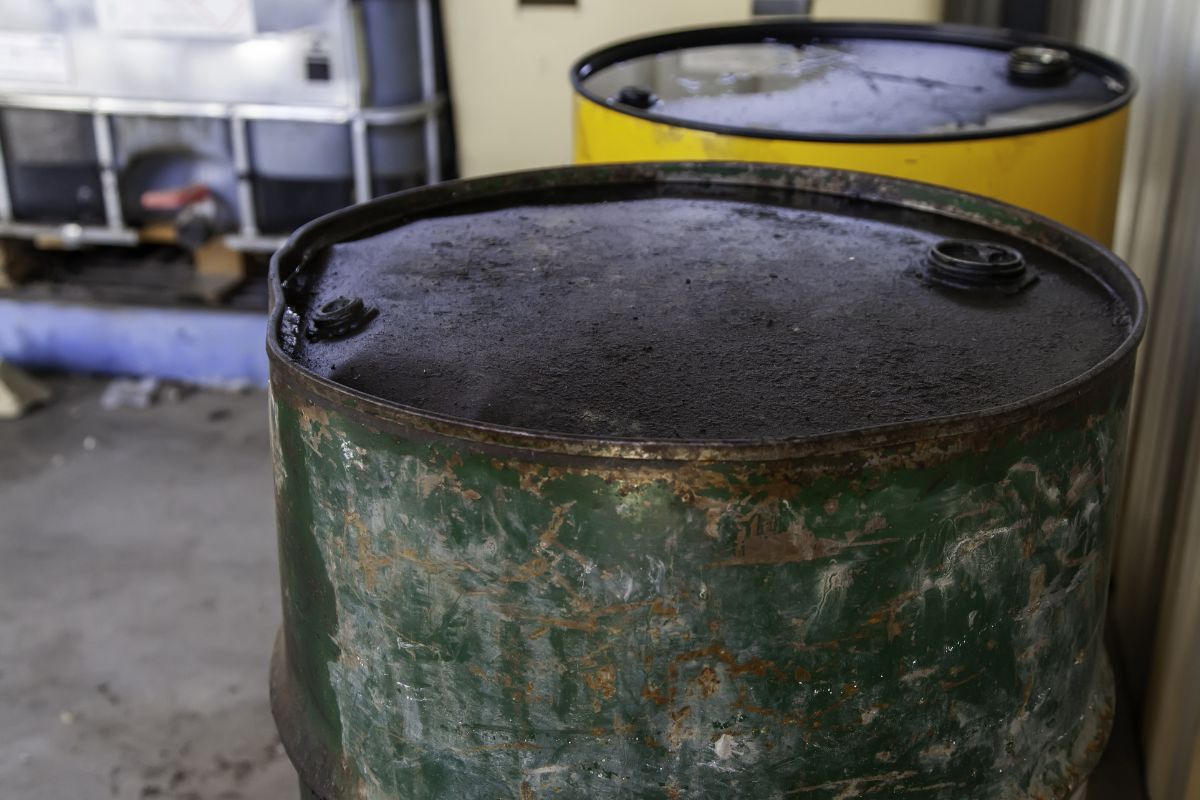What the Latest EPA Regulations Mean for Oil & Gas Operators
See How We're Different
Or Call Us: (281) 823-8262

The oil and gas industry is facing a pivotal moment as the Environmental Protection Agency (EPA) rolls out new regulations aimed at curbing methane emissions and other pollutants. These changes are not just environmental mandates—they carry significant economic and operational implications for operators across the United States. From increased fees on methane emissions to potential legal challenges, the landscape is shifting rapidly. Understanding these developments is crucial for oil and gas companies, especially those managing marginal wells or operating in regions like the Permian Basin.
One of the most notable changes is the EPA’s methane fee, which starts at $900 per ton in 2024 and is set to rise to $1,500 per ton by 2026. This aggressive pricing strategy underscores the agency’s commitment to reducing methane, a potent greenhouse gas, but it also raises questions about the financial impact on operators. For a detailed look at this fee and its implications, the Associated Press provides comprehensive coverage.
The Financial Impact of the Methane Fee on Operators
The introduction of the methane fee represents a significant cost for oil and gas operators, particularly those with smaller or marginal wells. Gani Sagingaliyev, co-founder of ESG Dynamics, highlights that this fee may disproportionately burden small operators who often operate on thin margins. These smaller players might find compliance more challenging compared to larger companies with greater resources and more efficient infrastructure.
While the fee is designed to incentivize methane reduction, it also forces operators to rethink their cost structures and operational strategies. Some may need to invest in new technologies or upgrade existing equipment to reduce emissions and avoid hefty fees. However, this can be a double-edged sword, as upfront capital expenditures might strain smaller operators financially.
Despite these challenges, there is a silver lining. The EPA estimates that increased gas recovery from these new rules could offset $1.4 billion per year of compliance costs by 2033. This means that operators who successfully implement methane capture technologies could recoup some of their expenses through the sale of recovered gas, turning a regulatory challenge into a potential economic opportunity. More details on these economic offsets are available through the Environmental Defense Fund’s analysis.
Moreover, the methane fee could catalyze innovation within the industry. Operators may be compelled to explore cutting-edge technologies such as advanced leak detection systems, which not only help in compliance but also enhance overall operational efficiency. By adopting these innovations, even smaller operators can position themselves as leaders in sustainability, potentially attracting investment from environmentally-conscious stakeholders. This shift towards greener practices could also improve their public image and strengthen relationships with local communities, who are increasingly concerned about environmental impacts.
Additionally, the financial implications of the methane fee extend beyond immediate compliance costs. As the global energy landscape evolves, there is a growing emphasis on sustainability and responsible resource management. Investors are increasingly favoring companies that demonstrate a commitment to reducing their carbon footprint. Therefore, operators who proactively address methane emissions may find themselves better positioned in the marketplace, gaining access to capital and partnerships that prioritize environmental, social, and governance (ESG) criteria. This trend could ultimately reshape the competitive landscape of the oil and gas sector, pushing all operators, regardless of size, to prioritize sustainable practices in their business models.
Regulatory Landscape and Legal Challenges
The EPA’s final rule to reduce methane and other pollutants builds on previous proposals, aiming to tighten emissions standards across the oil and natural gas industry. This regulatory push is part of a broader federal effort to combat climate change by targeting one of the most potent greenhouse gases. The legal framework surrounding these rules is complex and evolving.
In March 2024, Texas filed a lawsuit against the EPA, challenging the new methane emissions rules. The state argues that the regulations overreach federal authority and could harm the local oil and gas economy. This lawsuit reflects broader tensions between federal environmental goals and state-level economic interests, particularly in oil-rich regions. For a detailed legal perspective, the Reuters report offers in-depth coverage.
Meanwhile, law firms like Kirkland & Ellis LLP have analyzed the EPA’s final rule, noting that it builds on earlier proposals and signals a long-term regulatory trend toward stricter emissions control. Operators should prepare for ongoing compliance requirements and potential future rulemakings that could further tighten standards. More insights can be found in the Kirkland & Ellis LLP analysis.
The implications of these regulatory changes extend beyond the immediate legal battles. Industry stakeholders are increasingly concerned about the potential for a patchwork of state regulations that could complicate compliance efforts. As states like Texas push back against federal mandates, there is a risk that operators may face differing standards across jurisdictions, leading to increased operational costs and uncertainty. This scenario underscores the importance of ongoing dialogue between federal and state regulators to ensure that environmental goals can be met without stifling economic growth.
Additionally, the public's perception of the oil and gas industry is shifting, with growing awareness of climate change and environmental issues. Companies are now under pressure not only from regulators but also from consumers and investors who demand more sustainable practices. This evolving landscape is prompting many operators to invest in cleaner technologies and practices, such as carbon capture and renewable energy integration, to align with both regulatory expectations and public sentiment. As the industry navigates these challenges, the balance between economic viability and environmental responsibility will be crucial in shaping its future.
Environmental and Industry Implications
The environmental rationale behind these regulations is clear: methane is a greenhouse gas with a global warming potential many times that of carbon dioxide over a 20-year period. Reducing methane emissions is critical for meeting climate goals and improving air quality.
Recent studies, such as one from Princeton University, indicate that EPA regulations on power plants could reduce U.S. power sector emissions by 51% below 2022 levels by 2040, compared to a 26% reduction without these rules. While this study focuses on power plants, it underscores the broader impact of EPA regulations on emissions across sectors, including oil and gas. This highlights the potential cumulative benefits of methane regulations as part of a comprehensive climate strategy. The Princeton study is available for review at the Princeton School of Public and International Affairs.
However, there is a significant discrepancy between EPA estimates and actual methane emissions. The Environmental Defense Fund reports that U.S. oil and gas methane emissions are over four times higher than EPA estimates, with an aggregate loss rate of 1.6%. This gap suggests that current regulations may underestimate the scale of the problem, potentially leading to more stringent future rules. Operators should be aware of these findings as they plan their compliance strategies. Detailed data can be found in the Environmental Defense Fund report.
In addition to regulatory implications, the economic impact of these methane emissions cannot be overlooked. The oil and gas industry faces increasing pressure not only from regulators but also from investors and consumers who are becoming more environmentally conscious. Companies that fail to address methane leaks may find themselves at a competitive disadvantage as market preferences shift towards cleaner energy sources. Moreover, the costs associated with methane emissions—both in terms of lost product and potential fines—can significantly affect a company's bottom line. This evolving landscape necessitates a proactive approach to emissions management, where companies invest in technology and practices that can help detect and mitigate leaks effectively.
Furthermore, the technological advancements in monitoring methane emissions are rapidly evolving. Innovations such as satellite imaging and drone technology are providing unprecedented capabilities to track emissions in real time, allowing for quicker responses to leaks and better compliance with regulations. These tools not only enhance transparency but also empower companies to take a more responsible approach to their environmental footprint. As the industry adapts to these changes, collaboration between regulatory bodies, technology developers, and industry stakeholders will be essential in creating effective solutions that balance economic viability with environmental stewardship.
Future Outlook and Industry Adaptation
Looking ahead, the EPA has proposed ending the mandatory Greenhouse Gas Reporting Program by September 2025, which currently affects around 8,000 facilities. This move could reshape how emissions data is collected and reported, potentially impacting transparency and regulatory oversight. Operators will need to stay informed about these changes to ensure ongoing compliance and accurate reporting. More information on this proposal is available via Reuters.
For oil and gas operators, adapting to the evolving regulatory environment means investing in methane detection and mitigation technologies, improving operational efficiencies, and engaging proactively with regulators. While the initial costs may be substantial, the long-term benefits include reduced environmental impact, potential cost savings from captured gas, and improved public and investor relations. Additionally, companies that prioritize sustainability are likely to attract a growing base of environmentally-conscious investors who are increasingly scrutinizing corporate practices and their impact on climate change.
The shift away from mandatory reporting may also encourage operators to adopt more innovative approaches to emissions management. For example, the integration of advanced data analytics and artificial intelligence can enhance the accuracy of emissions tracking, allowing for real-time monitoring and quicker responses to leaks or inefficiencies. Furthermore, collaboration with technology providers and research institutions can foster the development of cutting-edge solutions that not only comply with regulations but also set new industry standards. As the landscape evolves, those who embrace these technologies will not only enhance their operational resilience but also position themselves as leaders in the transition to a more sustainable energy future.
In summary, the latest EPA regulations represent both a challenge and an opportunity for the oil and gas industry. Operators who understand the nuances of these rules and invest in compliance and innovation will be better positioned to thrive in a low-emission future.roach in the risk analysis of flowlines using GIS and machine learning.










